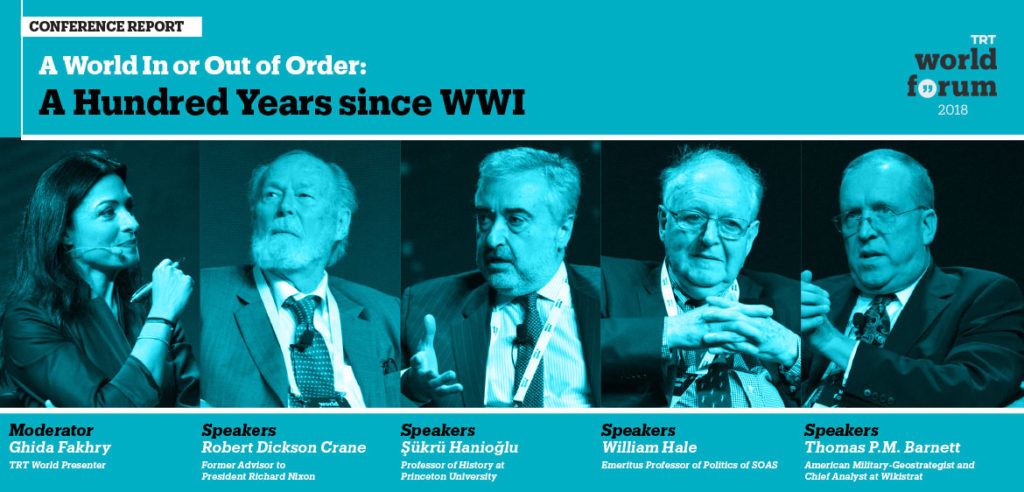The current world order, composed of nation-states, emerged in its currently recognisable form early in the 20th century. While the “Great War” of 1914-18 led to the consolidation of the British and French Empires, it also resulted in the collapse of three other centuries- old entities: the Ottoman, Austro-Hungarian, and Russian Empires (following the Bolshevik Revolution of 1917). The rise of ethnic nationalism and settlements by the victorious powers resulted in the creation of new nation-states throughout Eurasia. The Treaty of Versailles (1919) led to the creation of nine new nation-states in Europe, while the Treaty of Lausanne (1923) sealed the fate of the Ottoman Empire. One of the most well-known arrangements of this period, the Sykes-Picot Agreement of 1916 between the British and French, laid down the new borders in the Levant, creating the new states of Syria, Iraq, British Palestine, Transjordan, and Kuwait, albeit under colonial mandates. As highlighted by Ottoman historian Professor Şükrü Hanioğlu, this arrangement was created with the strategic interests of the British and the French Empires in mind, and did not take the existing political structures and alliances between local notables into account. Unlike the Ottomans, who had ruled through a combination of various power-sharing arrangements, the new states emerged in spite of the political will of the local populace. Thus, while Sykes-Picot provided the blueprint for the borders which would be drawn, the Treaties of Sevres and Lausanne overturned the existing political arrangements in the region. The new political elite of what would now be called the “Middle East” (or Near East) were products of the geopolitical interests of the victorious Triple Entente.
